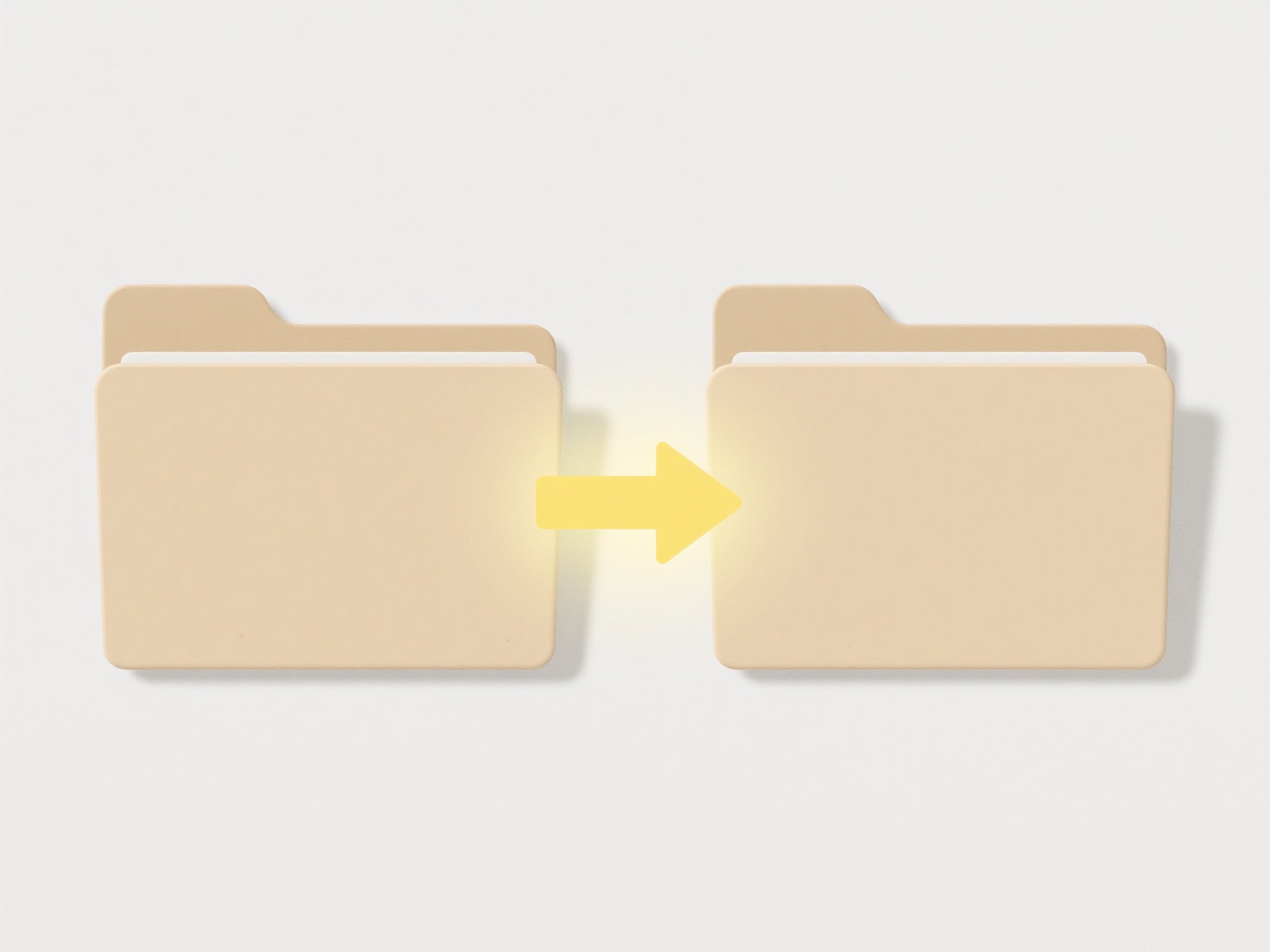
Handling multi-language file organization effectively requires a consistent structure that groups translations by language while maintaining identical directory hierarchies and filenames for each language version. Commonly, this involves creating separate base directories (like en/, fr/, es/) for each language. Within these, files keep the same relative path and name; only the content changes. This structure ensures developers and translation systems can reliably locate the correct language version.
For instance, a multilingual website might store page templates under /locales/en/index.html and /locales/de/index.html. Similarly, software projects often use internationalization (i18n) frameworks where translations reside in JSON files like /src/i18n/en.json and /src/i18n/ja.json. Tools like Phrase, Lokalise, and Crowdin rely on this predictable structure to automate localization workflows. Developers reference language keys, like greeting.message, which load the correct text.

This approach simplifies updates and global deployment but demands strict naming consistency. While automating translation sync is efficient, manual coordination is key for ensuring cultural nuance. Scalability thrives with clear hierarchies, but complexity grows with many languages. Future solutions increasingly integrate machine translation previews while emphasizing human linguistic review to maintain quality and cultural sensitivity.
What’s a good way to handle multi-language file organization?
Handling multi-language file organization effectively requires a consistent structure that groups translations by language while maintaining identical directory hierarchies and filenames for each language version. Commonly, this involves creating separate base directories (like en/, fr/, es/) for each language. Within these, files keep the same relative path and name; only the content changes. This structure ensures developers and translation systems can reliably locate the correct language version.
For instance, a multilingual website might store page templates under /locales/en/index.html and /locales/de/index.html. Similarly, software projects often use internationalization (i18n) frameworks where translations reside in JSON files like /src/i18n/en.json and /src/i18n/ja.json. Tools like Phrase, Lokalise, and Crowdin rely on this predictable structure to automate localization workflows. Developers reference language keys, like greeting.message, which load the correct text.

This approach simplifies updates and global deployment but demands strict naming consistency. While automating translation sync is efficient, manual coordination is key for ensuring cultural nuance. Scalability thrives with clear hierarchies, but complexity grows with many languages. Future solutions increasingly integrate machine translation previews while emphasizing human linguistic review to maintain quality and cultural sensitivity.
Quick Article Links
What is a .tiff file used for?
A TIFF file (Tagged Image File Format) stores high-quality raster images using lossless compression, preserving all orig...
Why does my save operation fail halfway through?
A failed save operation typically occurs when a computer cannot complete writing data to a storage device (like a hard d...
Why is my file name not saving correctly on a USB drive?
When saving files to a USB drive, filename issues often stem from incompatible character sets or filesystem limitations ...